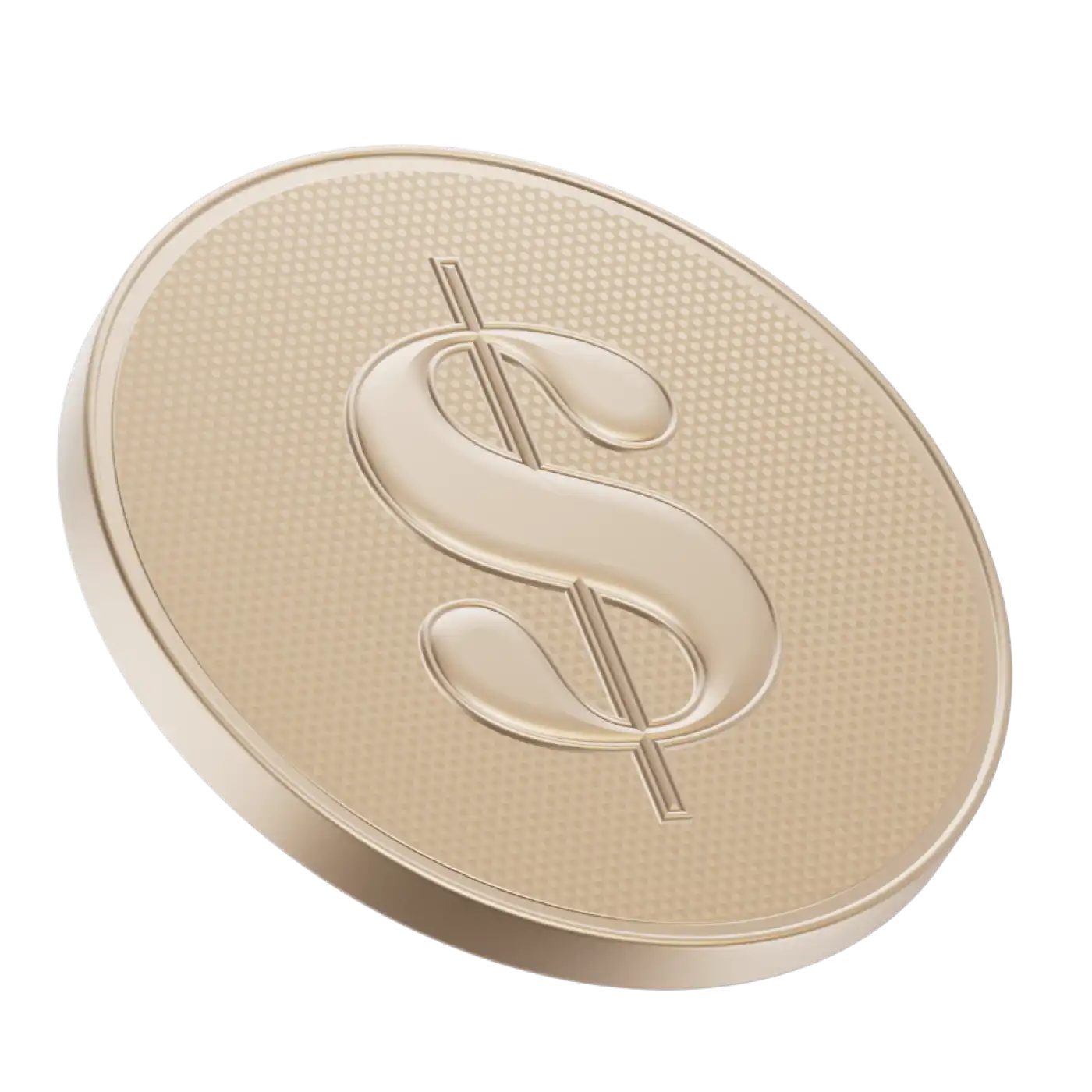Tax-Free Savings Accounts (TFSAs) are a great deal for tax-free savings and investments. But over-contributing can get expensive, so it's important to know exactly how to deal with them if they do happen.
TFSA over-contribution penalty
A TFSA is a government-sponsored investment account that doesn’t charge tax on any gains you make from that investment. They should be an important part of anyone's retirement plan. Although TFSAs are a great deal, there are some restrictions that you have to keep in mind. The most important is that there’s a limit to how much you can put into your TFSA every year, and there are penalties to pay when you've over-contributed.
The amount of money you can put into a TFSA every year is called the contribution room, and if you exceed it, you’ll have to pay a penalty. Any amount you withdraw from your TFSA gets added to your contribution room for the following calendar year, which can mean even more penalties the following year. For 2025, the contribution room is $7,000.
Over-contributions to TFSAs are subject to a 1% penalty tax per month (only on the over-contribution amount). For example, if by October you'd reached your contribution room and then over-contributed $2,000 the rest of the year and did nothing to correct the over-contribution, then you’d have to pay 1% of $2,000 for October, November, and December. That's $2,000 x 0.01 x 3, which means $60 in penalties. Here’s a more detailed breakdown.
Note: While Registered Retirement Savings Plans give you a buffer of $2,000 with your over-contributions, you get no buffer with TFSAs!
How you know if you’ve over-contributed
If you’ve over-contributed, the Canada Revenue Agency (CRA) will send you an “excess amount letter,” which will instruct you to remove the excess immediately, if you haven’t already done so. You might also receive a “proposed TFSA return,” in which the CRA calculates the amount of tax you're likely to owe, based on information provided to the CRA by the TFSA holders' financial institution.
How to fix TFSA over-contributions
So you over-contributed to your TFSA. It happens to several thousand people each year. Here’s what you can do:
Make sure you’re regularly checking your account on the CRA website to keep track of your contribution room. But keep in mind that the information in the My Account tab won’t include contributions from the current year. For the most up-to-date overview, call CRA and ask for your TFSA transaction summary, or contact your TFSA provider.
Once you notice you’ve definitely over-contributed, you need to act fast. If you’ve received an excess amount letter, you should withdraw the excess amount immediately by contacting your financial institution and asking them to withdraw the excess. You’ll be charged for each calendar month that the excess is in your TFSA, so even if you’ve only gone over your contribution room for eight days in October, you’ll be charged for the month of October.
If you’ve received a proposed TFSA return (also known as form RC243), then fill out the form and send a check for the penalty fee. Even if you plan to appeal, you should pay first. If the CRA accepts your appeal, the fee will be reimbursed.
If you think you might have a chance, plead your case. First time this has happened? Did you request a transfer to a new financial institution, but it was classified as a withdrawal instead, therefore causing you to mistakenly believe you had more contribution room than you actually did? Send a detailed letter to the CRA showing that you’ve taken immediate steps to rectify the over-contribution.
Keeping track of your contribution room is essential, but these rules shouldn’t discourage you from opening a TFSA account. It’s still an incredibly useful investing account that has loads of benefits.


